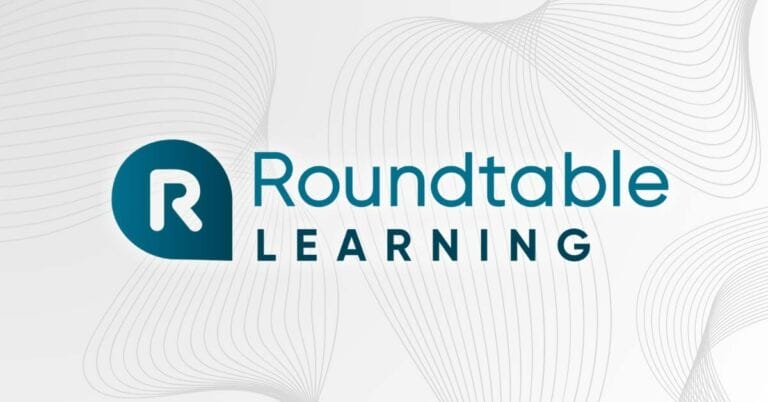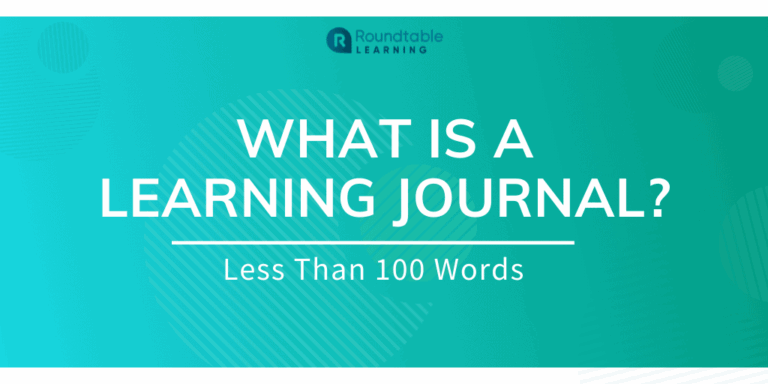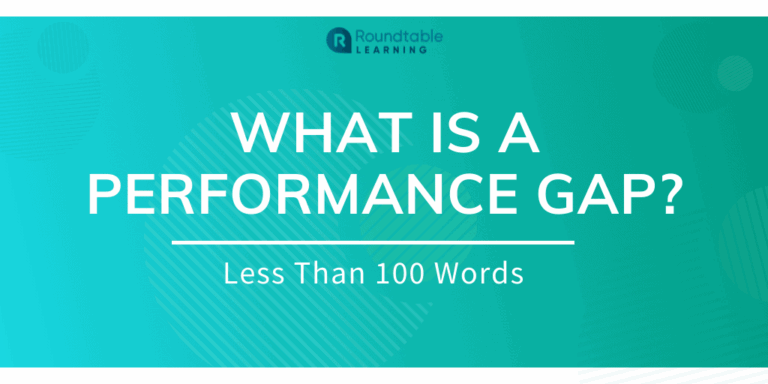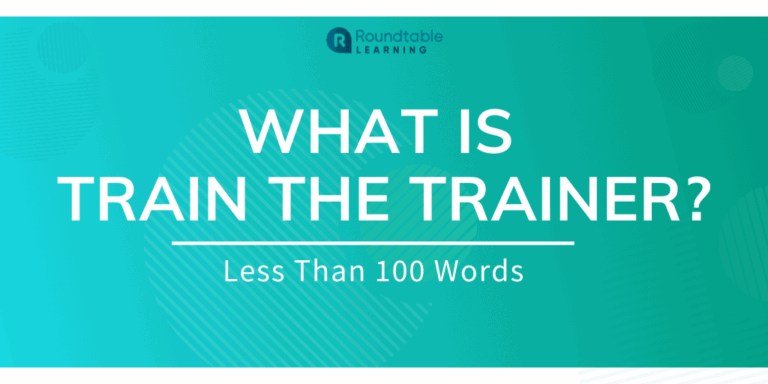
Functional skills training aims to develop competencies essential for completing specific job-related tasks, focusing on teaching by practicing. Examples of...
We created this Resource Center to share what we’ve learned while helping organizations build better training programs. Inside, you’ll find eBooks, blogs, and case studies that cover everything from immersive technologies like VR and AR to solid instructional design and learning strategy.
Whether you’re exploring new training ideas or looking for ways to improve what you already have, we hope these resources give you a helpful place to start. No fluff—just practical insights, real examples, and honest takes on what works.
Discover the latest research and the best thought leadership in the learning industry.

Functional skills training aims to develop competencies essential for completing specific job-related tasks, focusing on teaching by practicing. Examples of...

A participant guide is a tool for learners that reinforces key concepts from training. Typically used during and after training,...

Ready to learn more about a learning journal? Let’s dive into a learning journal meaning, when a learning journal is...

Branching logic, also known as skip logic or branching eLearning scenarios, enables L&D professionals to control users’ individualized paths based...

Full virtual reality (VR) allows a learner with a headset on to move freely in their virtual environment, as well...

A performance gap is the difference between an employee’s current performance and their desired performance. Put simply, an employee has a...

Post navigation Post navigation Employee Training Programs and The Goal of Quickly Solving Specific Problems Untying Knots: Usable Corporate Training...

Train the Trainer (TTT) is an important step that helps facilitators build the confidence to lead an instructor-led training (ILT) session. Think of...
